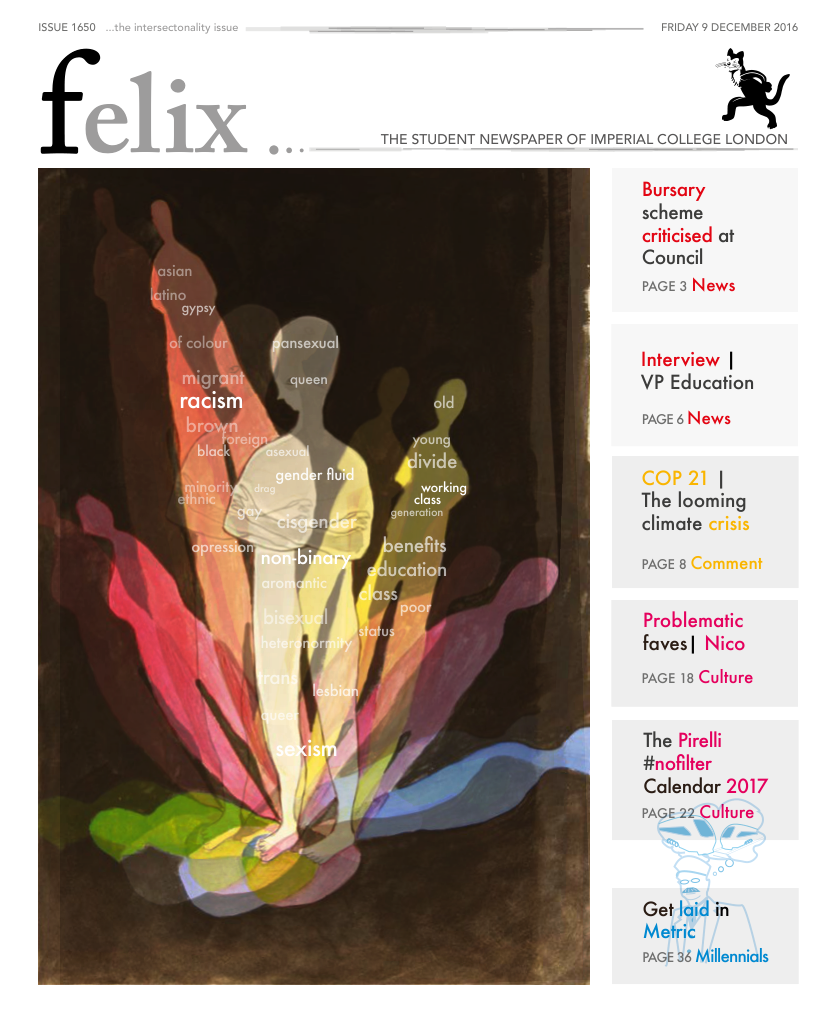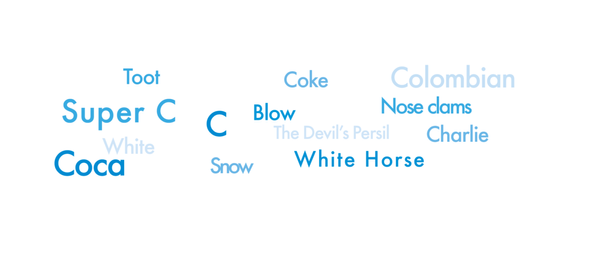What makes you more likely to take drugs?
If you’re one of those stereotypical Imperial students who’s allergic to Ministry of Sound then you’re less likely to enjoy some good coke on a Tuesday evening

All people are the same. Or are they? When it comes to drug use it appears they are not, especially according to the catchily-named Home Office document Drug Misuse: Findings from the 2014/15 Crime Survey for England and Wales. Second edition.
Some of the key findings of the report are particularly surprising. Surprising, that is, if you’ve lived in the Siberian wilderness your whole life. The report proudly claims to have uncovered that “Younger people are more likely to take drugs than older people”. Yes, this is an actual finding. It makes you wonder how much taxpayers’ money was spent on this valuable piece of information. Fifty grand? One hundred grand? I’m sure I’d have been able to churn out the same information for a fiver.
Further exciting discoveries include that “Men are more likely to take drugs than women”. Apparently around one in eight (11.9%) men aged between 16 and 59 had taken an illegal drug in the past year, compared to around one in eighteen women (5.4%). Furthermore, there have been no notable changes regarding gender between the 2014/15 (this document is produced every year?!) and the 2015/16 surveys. With the discrepancies between sexes you would think the infamous male-female Imperial ratio would ensure we’d all be awash with illegal substances. Another of the findings is dependent on lifestyle factor. This fascinating document proclaims that “illicit drug use varies by lifestyle factors such as frequency of nightclub visits and alcohol consumption”. Seemingly, the use of Class A drugs by persons in the twelve months prior to the research was around ten times higher in those who had visited a nightclub more than three times in the past month. The drug of choice for these individuals is mainly cocaine and ecstasy, which makes perfect sense to me. I mean, who wants to take ketamine in a club? Similarly, if you visit a pub or bar more than eight times, statistically you are 26 times more likely to use cocaine than those who had not visited a bar or pub at all in the last month. To me these findings appear to make sense. Basically, this means that if you’re one of those stereotypical Imperial students who’s allergic to Ministry of Sound then you’re less likely to enjoy some good coke on a Tuesday evening. Seems legit.
The area in which you live also has an effect. The “use of any drug was higher among those living in urban areas compared with those living in rural areas”, with 9.1% of people in urban areas having used a drug in the past year, compared to 6.5% of those in rural areas. So we London-living students should have no problem finding someone to supply those illegal study drugs. In conjunction, information is also provided on those living in “deprived areas”. The use of any drug is more widespread in areas considered to be the most deprived by the government. With 10.2% of these people experiencing drug use, as opposed to 6.9% in “non-deprived” areas. It should seem simple then for the powers-that-be to implement drug rehabilitation centres effectively (if they were competent). But judging by the current stance of political elites worldwide, drug addicts are unlikely to get little more than a polite wave and maybe a jail cell from their friendly neighbourhood politician.
It seems that people of differing gender, age and geographical location have varied habits when it comes to drug use. Basically, if you’re a young male living in London who visits a pub nine times a month then you’re more or less guaranteed to be a crack addict.









